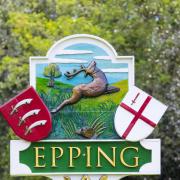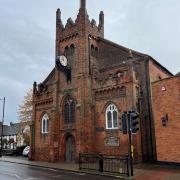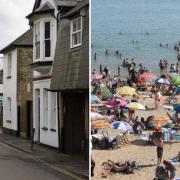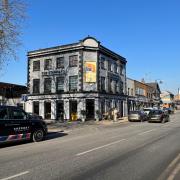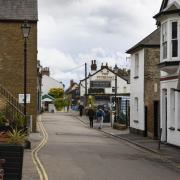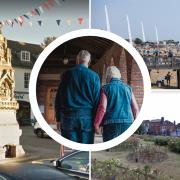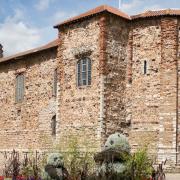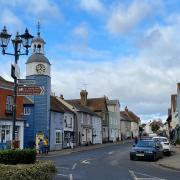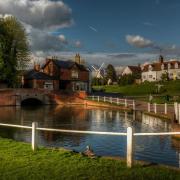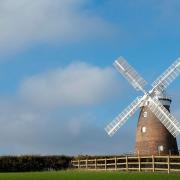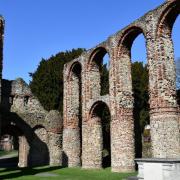Paul Stirland from the Great Notley Times tells us why the tale of how the seven hamlets of Great Notley have sprung up over the last 30 years is no joking matter
GREAT NOTLEY is a new kid on the block, with most of its 2,300 houses part of a new, phased development which started only 30 years ago. The parish of Great Notley itself was created on April 1, 2000, but this residential area is no joke and is divided into seven hamlets, each named after a feature within that hamlet.
At the centre of the hamlet known as Notley Green is Notley Green - six acres of open space, where (until recently) a purpose-built cricket square was located. It has now gone - the space utilised several times a week by the youngsters of Great Notley Football Club. Around the green's periphery, interspersed between semi-mature oak trees, are a number of large stones each inscribed with a word of a verse by local 17th century naturalist John Ray.
The hamlet of Oaklands Manor is focused on an impressive three-storey, triple-width dwelling in the guise of a manor house. A robust wall meanders throughout the hamlet, encompassing and guarding properties within its 'protection'. The manor takes its name from a farm of the area: while Great Notley was born out of Black Notley, it seems this area of the parish was, until 1889, part of White Notley, and the farm, previously known as Little Slamseys, changed its name to Oaklands.
The Panners and Cut Hedge hamlets are also named after the farms that tended the land on which the houses are now built. Cut Hedge is a small development of 25 houses nestled quietly just off London Road, while Panners Farm is home to the smaller of our two junior schools and has a newly-built suite of neighbourhood shops, known as Panners Parade.
Only Great Slamseys Farm to the south of the parish and on the other side of the A131 remains as a working farm, to remind us of our agricultural heritage. In size Slamseys may well be the largest hamlet in the parish, but in heads (animals not included), it is the smallest, with a population of just six.
The London Road hamlet takes its name from the straight Roman roadway that divides Great Notley from Black Notley. Along the road, on the western side, are some 30 houses of various shapes and sizes. This area is unique in that it contains both our oldest and newest properties, with maybe just two generations between them.
White Court Park, as it was called then, was taken over by the Americans in 1943. They converted the mansion house, outbuildings and surrounding lands of the estate into the US Army 121st Station Hospital.
It was some 30 years later that work first started on the construction of White Court, a clutch of 600 houses with a corner shop, the larger of our two junior schools and a memorial dedicated to those who served at the hospital.
The people of Great Notley come together at the White Court Memorial every Remembrance Sunday in tribute to those who fell in both world wars, and the numerous conflicts around the globe that have followed.
Paul Stirland
The Great Notley Times



